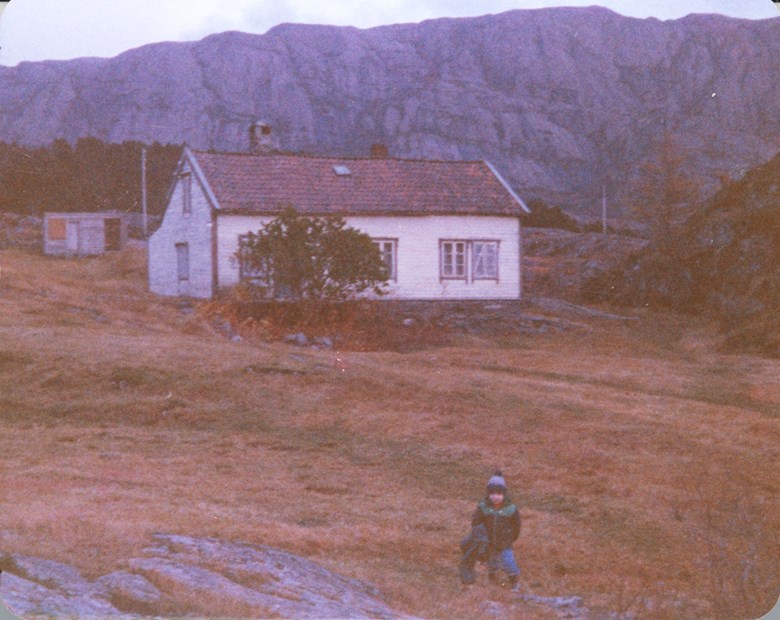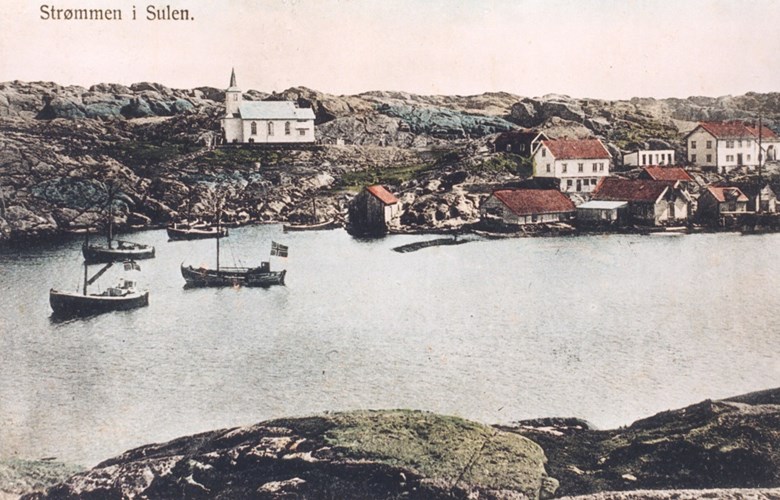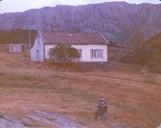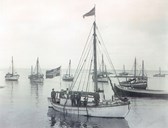The spring herring disappears
Around 1870 the spring herring suddenly disappeared from the coast of western Norway. It was unexpected, because the hauls had been very good in the 1850s and 1860s. For a community such as Solund this was serious. But at the same time the fat herring fisheries in Namdalen and in Nordland improved. The people of Solund were experienced shore seine fishermen, and there is reason to believe that several seine teams began to head north for the fat herring fisheries in the 1870s. Owners of fishing stations in Nordland hired master seiners from the South, also from Solund. This can be seen also in the census of 1875. Some of the fishermen never returned south, but settled down in fishing villages in the north because it was easier to earn a living there.
Young people on the move
The typical emigrant was a young unmarried man in his twenties, who was familiar with the conditions in Nordland when he got there as a "nothund" (literally seine dog). He had no prospects for a farm or other property at home. He had grown up in a fisherman's home, his father having fishing as his only means of livelihood, or he had a small cotter's farm in addition. Some of the emigrants found a wife up north, others returned and took their sweethearts with them. The few women who went north did so in order to get married, or to assist in the household of a relative.

The majority became fishermen
The emigrant was on the look-out for a better income. Practically all the emigrants from Solund settled down in a fishing village, most of them in Lofoten and Vesterålen, but some found homes in Namdalen or along the coast of Helgeland. Andenes was the single place which received most immigrants from Solund. To Andenes came women and men from several families who were partially intermarried. In Nordland too the old combination of agriculture and fishing was the means of livelihood for most. Some acquired a farm, others something smaller. Many became all-year fishermen.

"Poor people's America?"
The 1870s was a period with high numbers of emigrants to America. But not from Solund. The people from Solund who emigrated went either to Bergen or to Nordland. Between 1860 and 1890 people from Solund went in equal numbers to Nordland and America. For most of them it was a simpler task to continue in their traditional occupation in another part of the country, than to set out on the long journey to a foreign country. But when the fat herring fisheries subsided around 1890, the emigration north came to an end. And then the number of emigrants to American rose, some of them having earned money for the ticket from fishing in Nordland.



